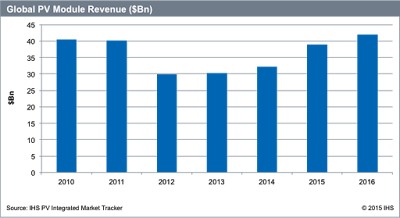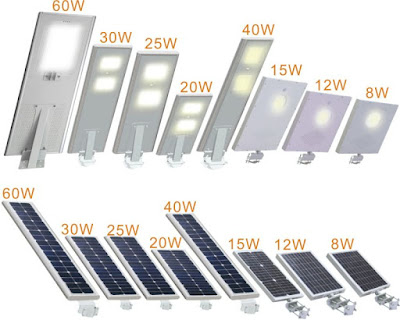The Fraunhofer Institute for Solar Energy Systems ISE has integrated 70 PV solar panels of its own development and production into the building façade of one of its laboratories.
Germany’s Fraunhofer Institute for Solar Energy Systems ISE has now completed its small solar panels test field installed on the outer façade of one of its lab buildings. The institute started to install the first panels on the façade in 2013. The PV solar power system consists of 70 solar panels relying on different technologies that were all developed by Fraunhofer ISE. The research institute said that the PV system shows how different solar technologies can interplay. The system also includes the module TPedge, a crystalline module recently developed by Fraunhofer ISE with an unnamed partner from the industry. According to the institute, this module, which uses back-contacted solar cells produced by Fraunhofer ISE researchers, was manufactured with a process that replaces the lamination step.
Germany’s Fraunhofer Institute for Solar Energy Systems ISE has now completed its small solar panels test field installed on the outer façade of one of its lab buildings. The institute started to install the first panels on the façade in 2013. The PV solar power system consists of 70 solar panels relying on different technologies that were all developed by Fraunhofer ISE. The research institute said that the PV system shows how different solar technologies can interplay. The system also includes the module TPedge, a crystalline module recently developed by Fraunhofer ISE with an unnamed partner from the industry. According to the institute, this module, which uses back-contacted solar cells produced by Fraunhofer ISE researchers, was manufactured with a process that replaces the lamination step.


